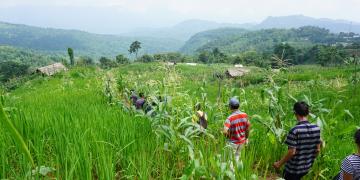Coordinación multisectorial para el monitoreo, vigilancia y manejo adecuado de vicuñas
Monitoreo y vigilancia del estado de las poblaciones y de la salud de vicuñas
Desarrollo de capacidades en bienestar animal, bioseguridad y obtención de fibra de mayor calidad
Implementación de estrategias para fortalecer la conservación y la salud de vicuñas y de su hábitat
